Abstract Illusions
March 8, 2024
Today I'd like to share another abstract work from the 1870's Japanese Screen that I photographed this fall. I love the dramatic blues and the contrast between the definitive texture of the screen and the dreamy semi-transparency of the ink. Like the last piece I shared, there is a certain mystery to Illusions.
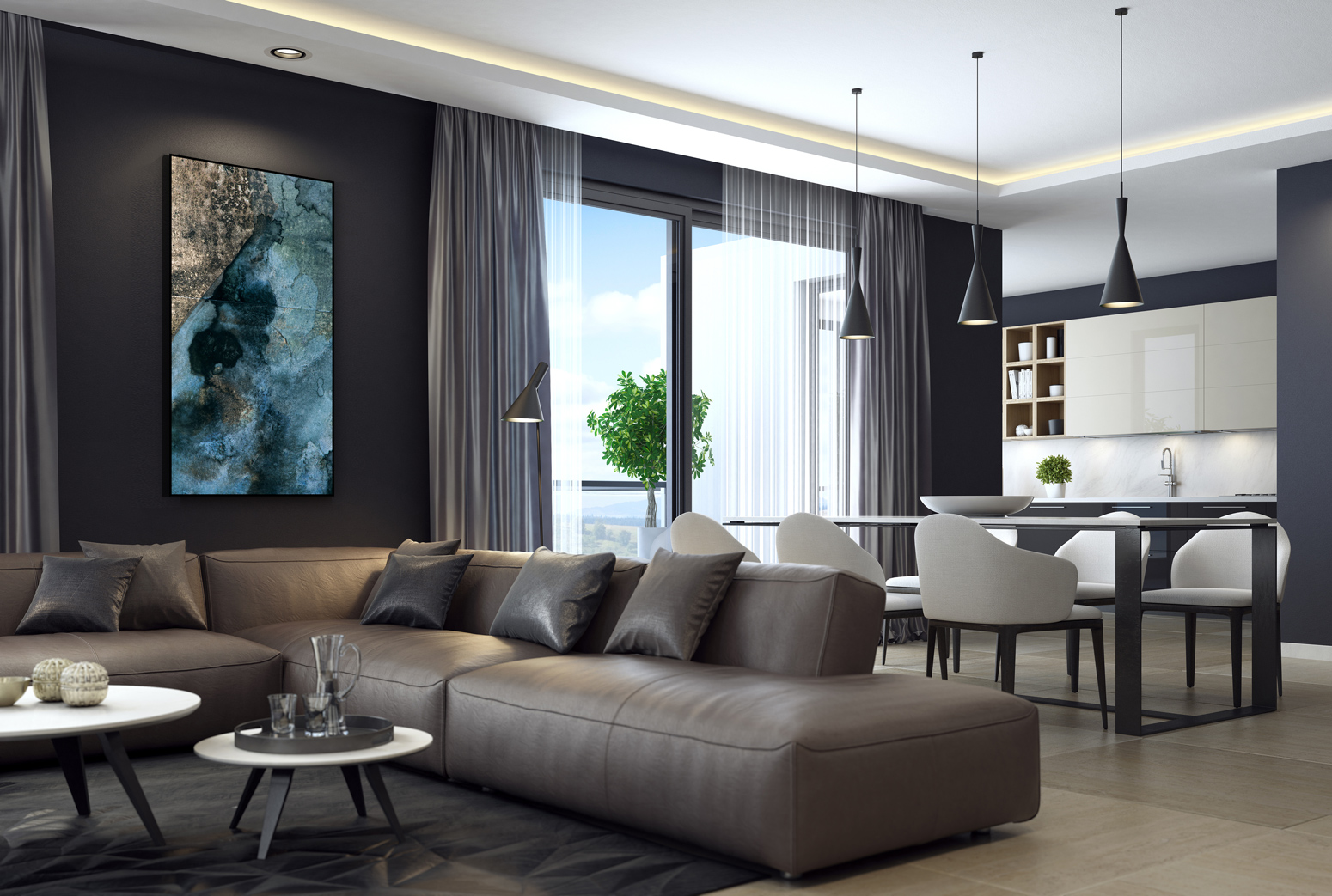
Something that draws me to non-representational abstract art is that it can integrate well into a variety of decors and be oriented horizontally or vertically to fit the space itself. It's fun to see Illusions in these two very different spaces.

I hope you enjoyed the three blogs I've shared featuring work from a Japanese Screen. I loved getting all your feedback.


Illusions © 2022 in situ
Something that draws me to non-representational abstract art is that it can integrate well into a variety of decors and be oriented horizontally or vertically to fit the space itself. It's fun to see Illusions in these two very different spaces.

Illusions © 2022 in situ
I hope you enjoyed the three blogs I've shared featuring work from a Japanese Screen. I loved getting all your feedback.

Endless Possibilities
February 1, 2024
I’ve always liked the idea of layered artwork that can be moved or changed easily to create a unique impact in a room. A Drop in Time on the main wall below reminds me of a watercolor brush releasing its color as an accident or an abstract. The small image to the right in sepia tones, titled Landing Pad, creates a graphic monochromatic look. And the image to the far right, Through the Looking Glass has a watery texture that reminds me of an old French windowpane on a rainy day. Each piece makes a very different statement, yet they work well together in this setting.
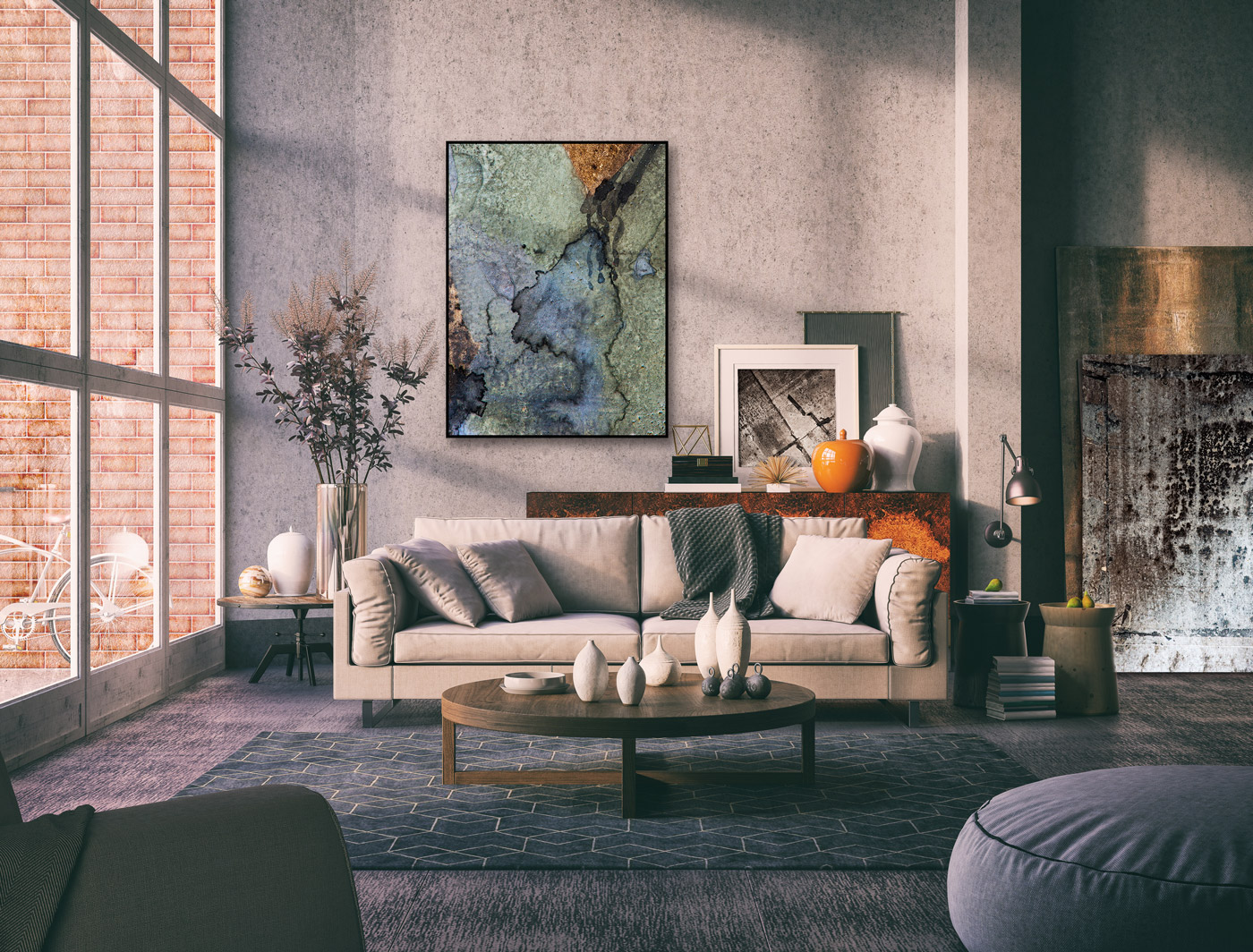
These three images and Featherweight below are part of one collection of work originating from the Japanese screen that I shared with you recently. I continue to be amazed by the variety of artwork that can be created from one object and I always appreciate the original source that allows my imagination to soar.

Our creativity is limitless and guided by our ability to visualize possibilities that exist even if they are not obvious. That desire to look deeply is what inspires me to create abstract art and abstract photography. Each person can discover their own world of possibilities.
To browse these and other works please click here: lookstudio.net.
Wishing you a beautiful season filled with endless possibilities.


A Drop in Time © 2022 in situ
These three images and Featherweight below are part of one collection of work originating from the Japanese screen that I shared with you recently. I continue to be amazed by the variety of artwork that can be created from one object and I always appreciate the original source that allows my imagination to soar.

Featherweight © 2022 in situ
Our creativity is limitless and guided by our ability to visualize possibilities that exist even if they are not obvious. That desire to look deeply is what inspires me to create abstract art and abstract photography. Each person can discover their own world of possibilities.
To browse these and other works please click here: lookstudio.net.
Wishing you a beautiful season filled with endless possibilities.

A Twinkle of Stars
January 4, 2024
As the crisp November air settles in and the clear blue skies lead to star-filled nights, I’d like to introduce you to one of my new works, Midnight Sky. This image was created by photographing a collection of spots on a window pane. Adding a dark backdrop made the spots come alive as glowing points of light.
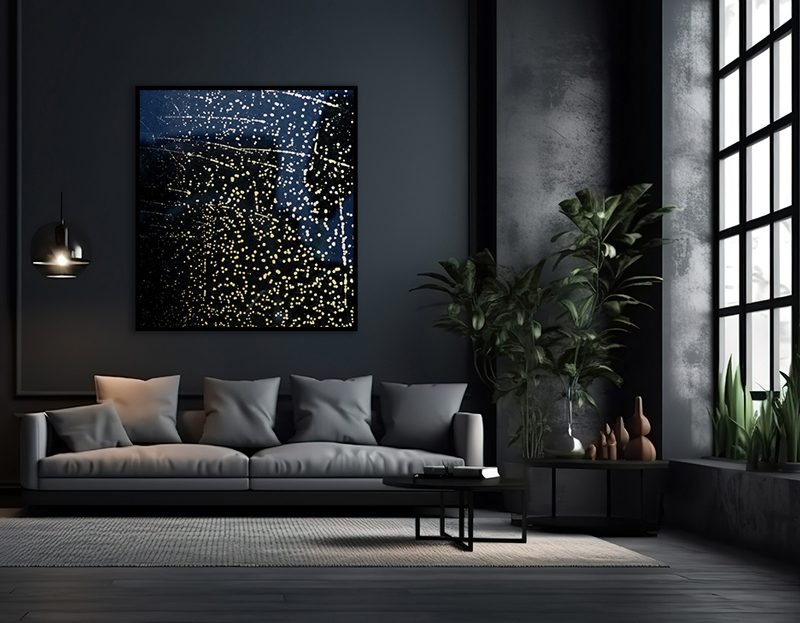
MIDNIGHT SKY, ©2023

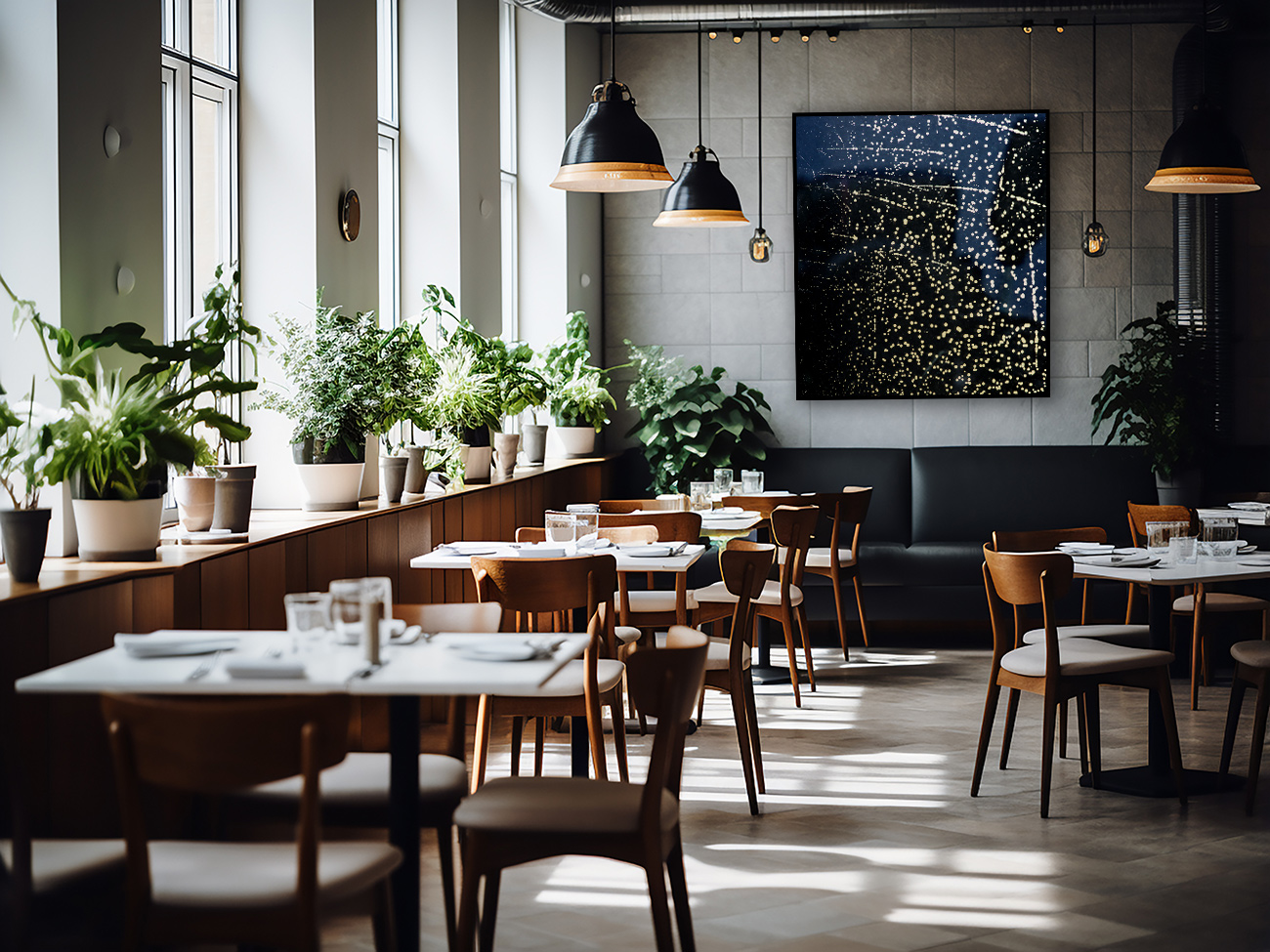
MIDNIGHT SKY, ©2023
If you enjoyed seeing this new work, please visit my website to view the second piece in this series, Those Among Us.
Sending warm wishes with winter's approach,


MIDNIGHT SKY, ©2023


MIDNIGHT SKY, ©2023
If you enjoyed seeing this new work, please visit my website to view the second piece in this series, Those Among Us.
Sending warm wishes with winter's approach,

Ascension
November 2, 2023
Today, I’m excited to share my latest abstract photograph, Ascension, a composition that embraces darkness and light through texture, form and shine.
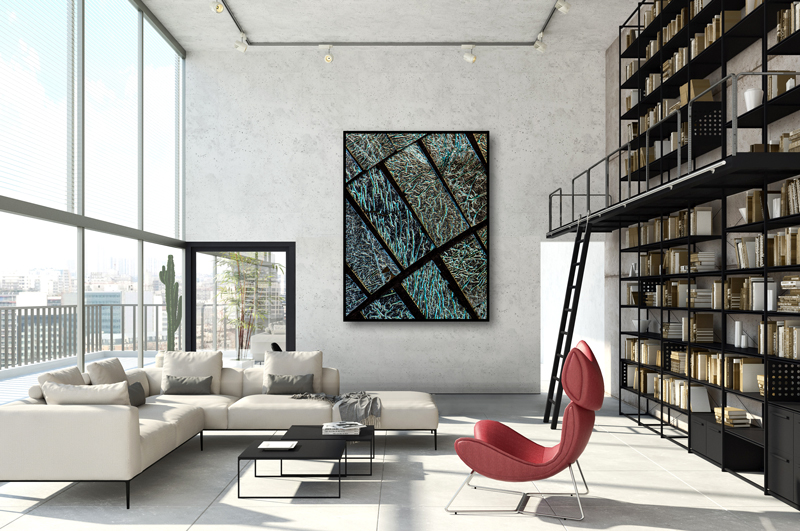
This piece, like many of my photographs, invites you to interpret it through your own unique lens. Without imposing any predefined narrative, I hope that Ascension sparks something unique in each of your imaginations.
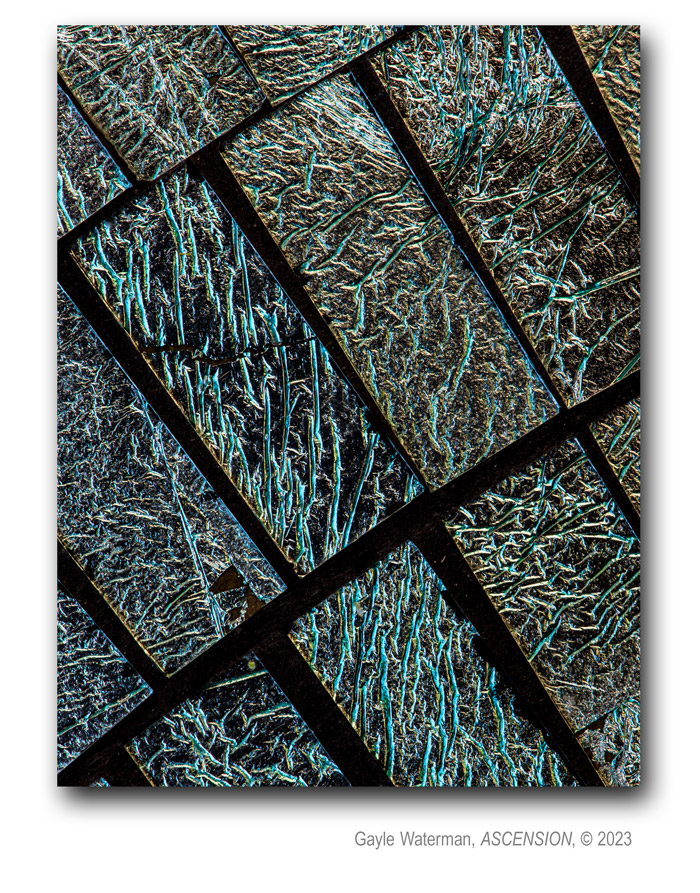

This piece, like many of my photographs, invites you to interpret it through your own unique lens. Without imposing any predefined narrative, I hope that Ascension sparks something unique in each of your imaginations.

Capturing Beauty
September 20, 2023

As the warm days of summer draw to a close, what better way to encapsulate the season’s essence than through the graceful and vibrant world of butterflies?

I’ve enjoyed their delicate dance in my garden this year, a gentle presence amidst the flowers. Like living works of art fluttering from bloom to bloom, they are captivating creatures. Sometimes the best things come in small packages.

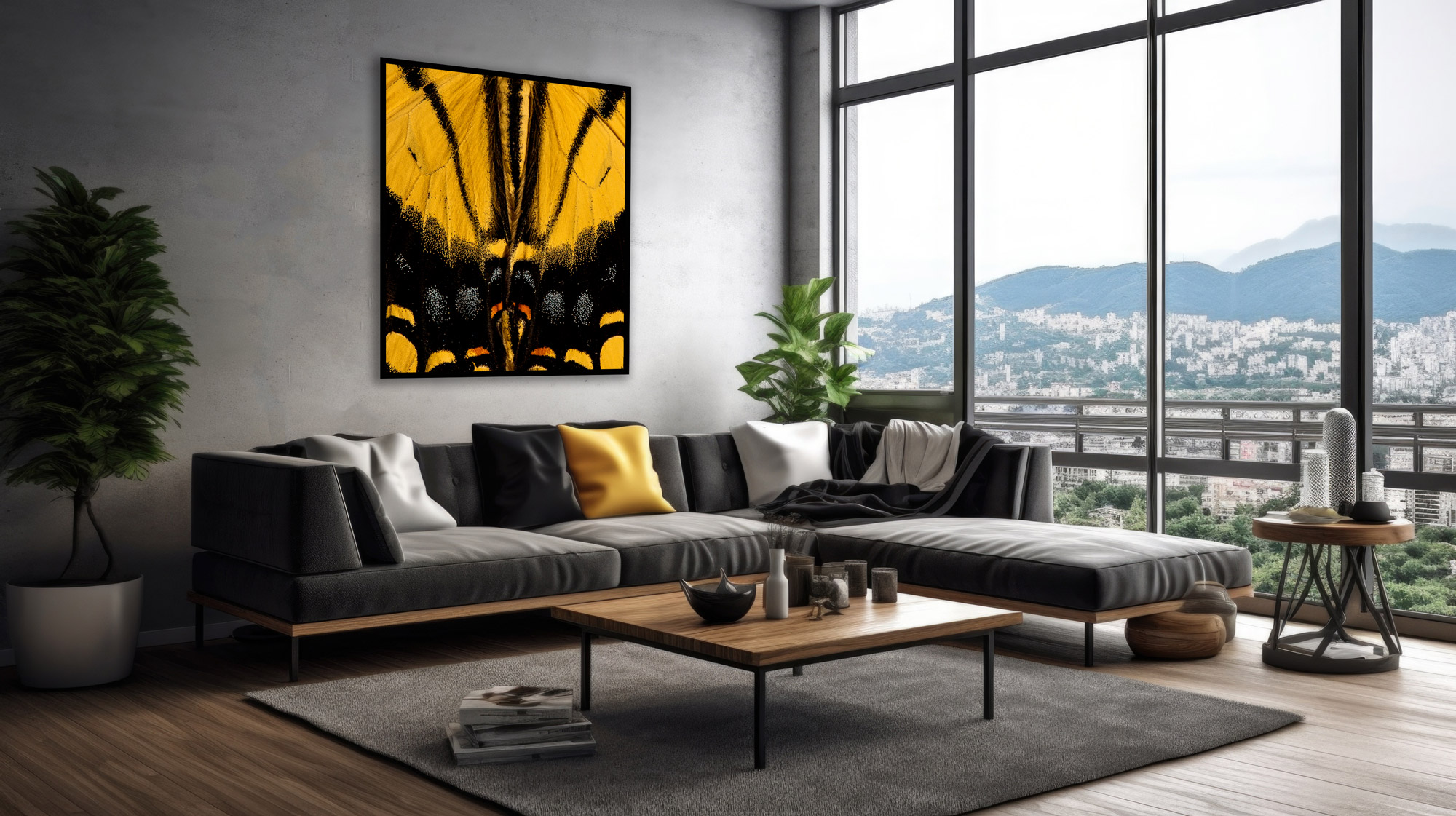
A Dance of Color is one in a new series of abstract macro photographs.
You can view the others by clicking here:
- Repose
- Spread Your Wings
Wishing you joy with the changing leaves and cooler breezes of fall!